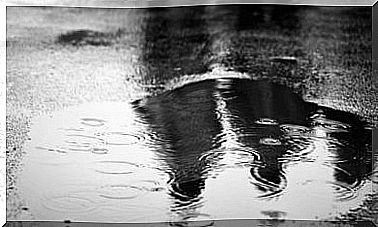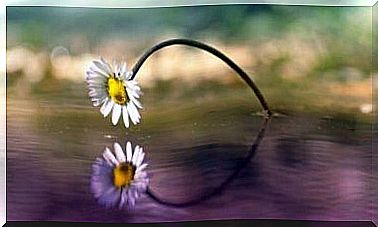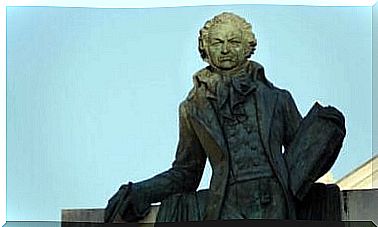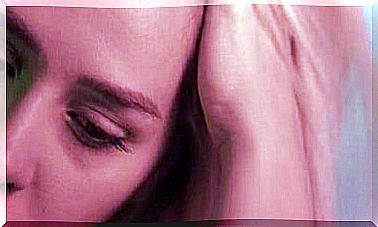The Three Functions Of Pain After Loss
Life is made up of losses. When we acquire something, we always have to give something in return, such as time for example. There are losses that relieve us, losses we are indifferent to, and losses we would never want to experience. It can be a person we have lost, but it can also be an object, an opportunity, or a dream . In some cases, feeling pain after a loss is absolutely necessary, especially when the loss leaves a deep wound in your skin.
Pain can be seen as a manifestation of sadness, which can lead to other people approaching us and giving us a little warmth. This somehow helps to lessen the coolness created in the new, empty space. This support is meant to be received with empathy, few words and a lot of understanding.

Pain does not always evoke empathy in others
Unfortunately, pain can complicate life in many ways. First, you may not receive the desired social support. Most of us understand that people suffer when they have lost a loved one as it is an experience that unfortunately we all have to deal with at some point. However, some people cannot understand the suffering of other types of loss. For example, many people have never owned or loved a pet, so don’t understand what it’s like to lose one and deal with the pain that comes with it.
Other losses that can be difficult to understand are lost opportunities or dreams. They are important to you personally and you often work on them on your own, so they mean a lot to you, and this is sometimes hard to express because you can’t compare it to anything else. You can tell someone that you feel sad because all the work you have done for years has just been swept from under your feet, but it will be very difficult for them to understand if they have not contributed to that effort you have put in or have not seen your face on the hard days. This is all very difficult to explain.

The three functions of pain after loss
The first function of pain after loss is to help you recognize that there is a loss at all. In reality, denial is, as it were, the opposite of pain. It is living as if that person, that dream, that hope, that object or animal is still alive. People who deny loss resist the onset of pain.
When denial occurs in the first few moments after a loss, it is an adaptation strategy because it delays the impact of the loss while allowing the brain to start processing the information even if it is not consciously done. However , it is not so adaptive when the denial phase lasts very long, because in that case the person cannot process the pain.
The second function of pain after loss is to help you recognize that what you lost that was so important to you existed. Pain serves, as it were, to purify the memory of what was lost. In this way, denial can turn into guilt because while the person is protecting himself, he feels as if he is denying the memory of what he has lost by not acknowledging and acting on his emotions, or by not acting accordingly. to recognize how important what he lost really was. Then they accumulate more negative feelings and sometimes even resentment and contempt for themselves.
Finally , pain after loss allows us to complete the story. It gives you space to write down the last few sentences and then start a new chapter. It also attracts the attention of other people in many cases, even if you don’t talk about it. This promotes empathy, active listening and companionship. This can balance the possible feeling of being abandoned through the comfort others give you.
In that way, pain is an intimate act of acknowledgment and love for the person who is no longer there. It’s a card written in the sky that closes and shows your gratitude for the time you got to spend with this person, a card signed with the simple words ” I’ll always miss you.” ‘.









